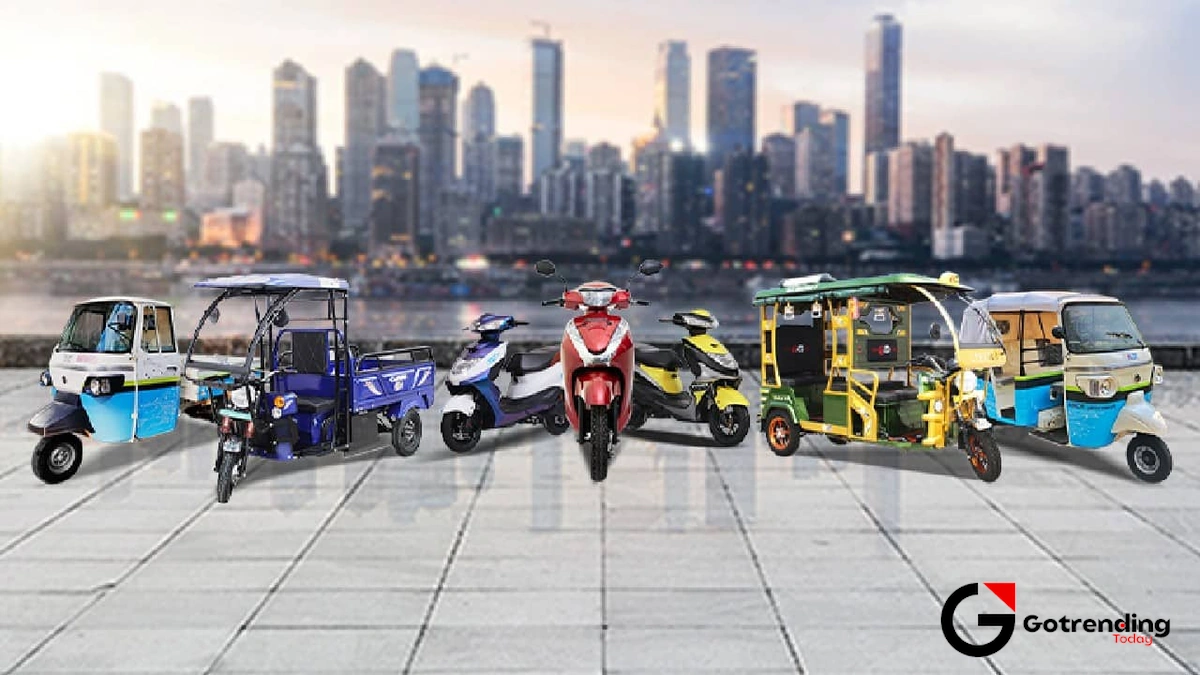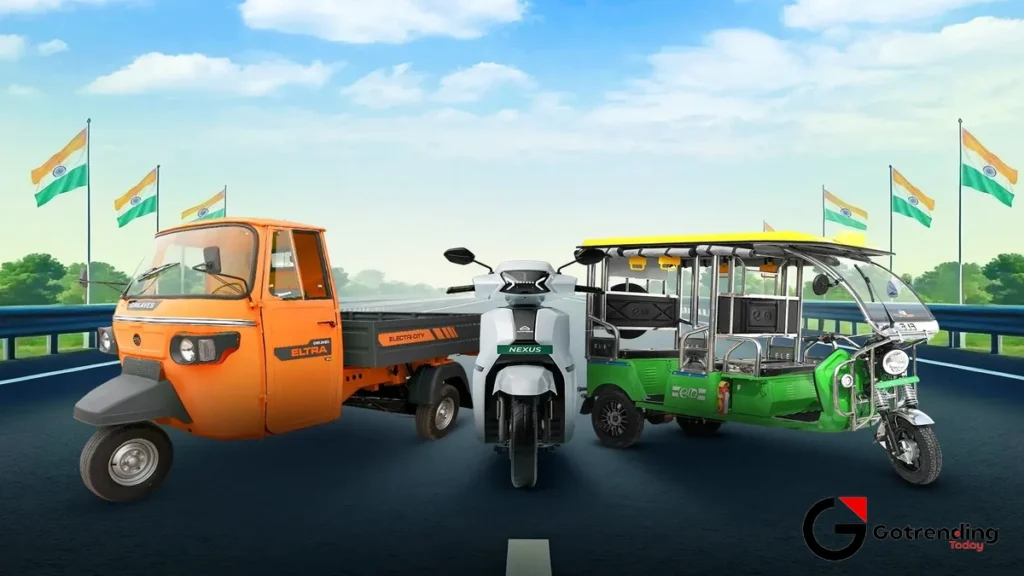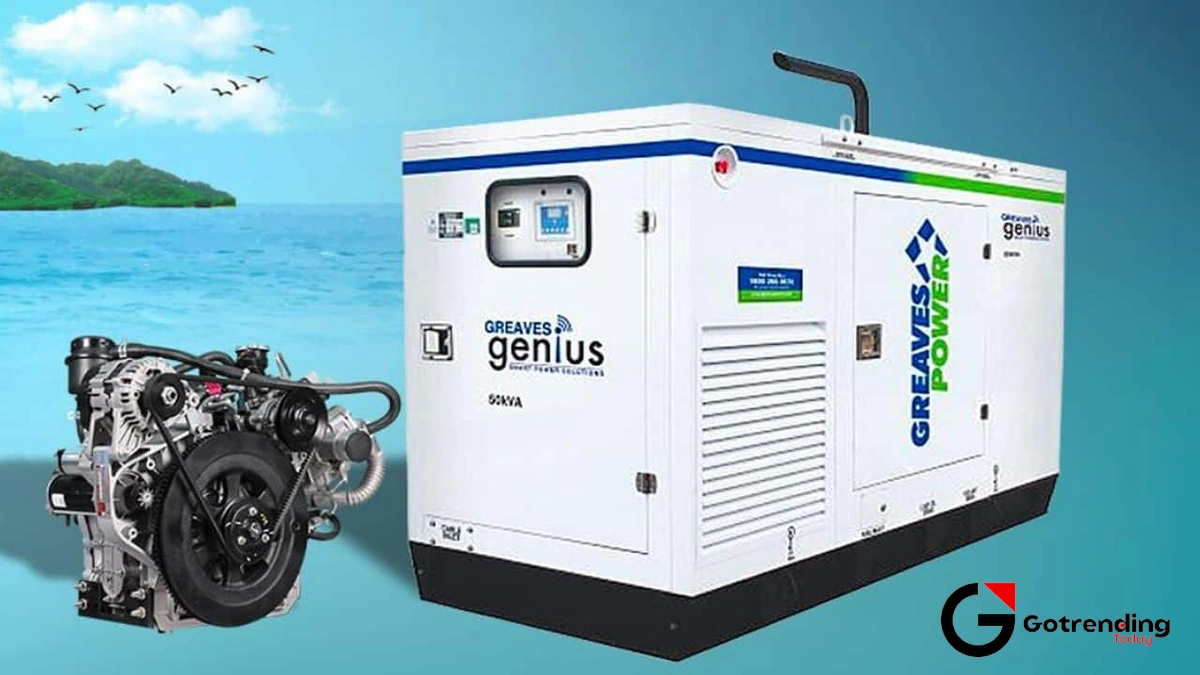The Greaves Cotton Share | A Story of an Old Engine Learning New Tricks
Let’s talk about something that’s been quietly bugging me. It’s the story of the Greaves Cotton share . You see it pop up on market forums, in news tickers, and every time it does, it feels like watching a slow-motion drama unfold. It’s not one of those flashy tech stocks that rockets to the moon, nor is it a staid, boring blue-chip. It’s… something else entirely. Something complicated.
It’s one of those companies that has been humming away in the background of India’s industrial story for over 160 years. A quiet, dependable workhorse. I’m willing to bet you’ve been within a few feet of a Greaves Cotton engine dozens of times this week and never even knew it. Those autorickshaws weaving through traffic? Many of them have a Greaves heart. The diesel pumps chugging away in a farmer’s field? Yep. It’s a legacy built on grease, steel, and reliability. The kind of old-world industrial might that built nations.
And that’s precisely the problem, isn’t it?
The world isn’t about grease and steel anymore. It’s about lithium and silicon. And that’s where our story really begins.
The Electric Shock | A Pivot That Shook the Foundations

A few years ago, Greaves Cotton decided to do something incredibly brave, or perhaps incredibly foolish the jury is still out. They decided to pivot. Hard. They looked at the electric vehicle revolution brewing and said, “We want in.” This wasn’t just a side project; it was a full-throated leap into the future. They went on a shopping spree, the most significant of which was acquiring Ampere, an electric scooter company. Suddenly, this old-school engine maker was in the B2C business of selling sleek, quiet EVs.
This is the crux of the entire greaves cotton share debate. On one side, you have the optimists. They see a company with massive engineering prowess, a huge distribution network (in theory), and the guts to transform itself. A sleeping giant waking up. It’s an exciting narrative!
But then there’s the other side. And this is where the frustration you see from investors comes from. Transitioning from a B2B engine supplier to a B2C vehicle brand is like a world-class chef who has only ever supplied raw ingredients to restaurants suddenly deciding to open their own fine-dining chain. The skills are related, but the game is completely different. Brand building, customer experience, after-sales service for the general public… it’s a whole new universe. A universe where they compete against nimble, aggressive startups born in the EV era. Understanding this pivot is a bit like trying to understand a complex system like Perplexity AI ; there are so many moving parts that influence the final outcome.
The Tug-of-War | Legacy vs. Future in the Greaves Cotton Share Price

So, what does this mean for the stock? Ah, the million-rupee question. Watching the Greaves Cotton share chart over the past few years has been an exercise in whiplash. It’ll surge on some positive news from its EV arm, Greaves Electric Mobility , only to slump back down as the legacy business posts lukewarm numbers or the EV competition heats up. It’s a constant tug-of-war.
I initially thought the story was simple: old company goes electric, stock goes up. But it’s not. The legacy business, while less glamorous, still pays the bills. It’s the anchor. But sometimes, an anchor holds you steady in a storm, and other times, it just weighs you down when you’re trying to sail faster. This internal conflict seems to be reflected directly in the stock price. It can’t quite decide if it’s a value stock from a bygone era or a growth stock for the future. And so, it often ends up being neither, stuck in a sort of limbo that can drive a short-term trader mad.
The company’s announcements and quarterly results are always a fascinating read. You have to dissect them carefully. How is Ampere doing? Are scooter sales growing? What are the margins like? At the same time, what’s happening with the traditional engine business? Is it managing a graceful decline or falling off a cliff? Every single data point feels critical. You can get a good, unbiased look at the daily action on the National Stock Exchange’s official page for the company.
It’s a story with so many subplots, sometimes it feels as complex as understanding the controversies surrounding public figures, like the whole Kavin issue that had people talking.
So, What’s the Real Story Here?

Here’s what I keep coming back to. The Greaves Cotton share isn’t a bet on a company. It’s a bet on a transformation. A very, very difficult transformation. You’re not buying into a finished product; you’re buying a front-row seat to the messy, complicated, and uncertain process of metamorphosis.
Will the butterfly emerge, or will the caterpillar just get stuck? I genuinely don’t know. And I think that’s the most honest take anyone can have right now. There are compelling arguments for both success and failure. The company has the engineering DNA and the industrial backbone. What remains to be seen is if it has the cultural and market-facing agility to win in a consumer-driven EV world.
For me, it remains one of the most interesting stories on the Indian stock market . Not for the quick gains, but for the sheer drama of it all. An old giant trying to prove it can dance in a new world. Whether it’s a graceful ballet or a clumsy stumble, well, that’s a chapter yet to be written.
Your Questions on Greaves Cotton, Answered (My Take)
So, is Greaves Cotton just an EV company now?
Not at all, and that’s a key point. While Greaves Electric Mobility gets all the headlines, their traditional business of making engines and other engineering products is still a massive part of their revenue. Think of it as a house with a brand-new, flashy extension being built. The old house is still there, providing the foundation and paying the bills, while everyone is focused on what the new wing will look like. The future growth story is all about the EV arm, but the present reality is still very much a hybrid of old and new.
Why does the Greaves Cotton share price seem so volatile or stuck?
It’s that tug-of-war I mentioned. The market can’t seem to make up its mind. One day, traders are excited about EV sales figures (growth stock!), and the price rises. The next, a poor result from the legacy engine business reminds everyone of the company’s old-world challenges (value trap!), and the price falls. It’s caught between two narratives, and until one clearly dominates the other either by the EV business becoming overwhelmingly profitable or the legacy business stabilizing this volatility and sideways movement is likely to continue. It’s the price of uncertainty.
Is the legacy engine business dying?
“Dying” is probably too strong a word. “Transitioning” is more accurate. While the long-term future is electric, internal combustion engines will still be needed for many applications in India for years to come. The challenge for Greaves isn’t that this business will disappear overnight, but whether it can manage a slow, profitable decline rather than a rapid, costly collapse. It needs to generate enough cash to fund the company’s EV ambitions. So, it’s less about dying and more about being a “cash cow” for the future.
What’s the biggest misconception about the Greaves Cotton share?
I think the biggest misconception is viewing it as a pure-play EV stock like Ola Electric or Ather. It’s not. Investing in the greaves cotton share is an investment in an industrial transformation story. You’re not just betting on Ampere scooters; you’re betting on the management’s ability to steer a massive, 160-year-old ship in a completely new direction while keeping the old parts of the ship from falling apart. It’s a far more complex and, frankly, riskier proposition than a straightforward EV startup.













